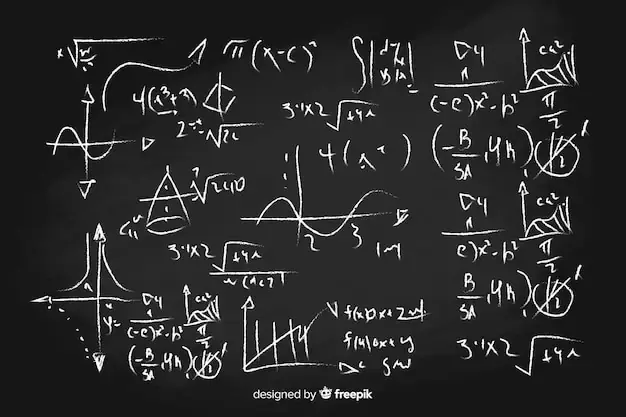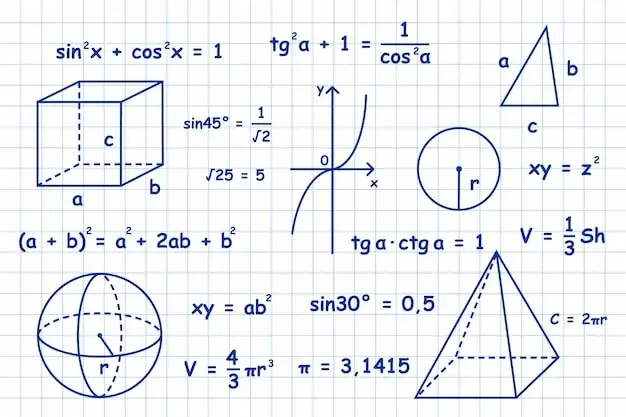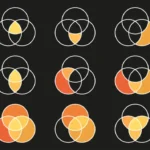Domain and Range :Understanding Trigonometric Functions
Trigonometric functions and their domain and range are essential tools in mathematics that relate angles to the ratios of the sides of a right triangle. When you think about a right triangle, you can see that it has one angle measuring 90 degrees. The other two angles are acute, and the sides opposite these angles are crucial for calculating the trigonometric functions.
The primary functions include sine, cosine, and tangent. Each function provides a unique way to understand the relationship between the angles and the lengths of the sides. These functions are not just theoretical; they have real-world applications.
For instance, engineers use trigonometric functions to design structures, while physicists apply them to analyze waves and oscillations. In everyday life, you might use these functions when navigating or even when playing sports. Understanding trigonometric functions and their domain and range is vital for solving problems in various fields, making them a cornerstone of mathematics.
Key Takeaways
- Trigonometric functions relate angles and sides of right triangles and are important in mathematics and real-world applications.
- The domain of a function refers to the set of all possible input values, while the range refers to the set of all possible output values.
- The sine function has a domain of all real numbers and a range of [-1, 1], and its behavior varies as the input angle changes.
- The cosine function also has a domain of all real numbers and a range of [-1, 1], but differs from the sine function in terms of behavior.
- The tangent function has restrictions on its domain and range, and its behavior changes as the input angle approaches certain values.
- Understanding domain and range helps us analyze the behavior of trigonometric functions and solve real-world problems.
- Graphing trigonometric functions based on their domain and range helps us understand their key features and behavior.
- Mastering this enhances our comprehension and application of trigonometric functions, and strategies for mastering them include practice and understanding the periodic nature of trigonometric functions.
Understanding Domain and Range
To grasp trigonometric functions fully, you need to understand the domain and range of these functions. The domain of a function refers to all possible input values (or angles) that you can use without causing any issues, like division by zero. For example, if you consider the sine function, its domain includes all real numbers because you can input any angle.
On the other hand, the range of a function is the set of possible output values. For the sine function, the range is limited to values between -1 and 1. This means that no matter what angle you input, the output will always fall within this interval.
Understanding this helps you predict how a function behaves based on its inputs and outputs.
Domain and Range of Sine Function

When exploring the sine function, you find that its domain includes all real numbers. This means you can input any angle, whether it’s in degrees or radians. As you vary the input angle, the sine function produces outputs that oscillate between -1 and 1.
This behavior is periodic, repeating every 360 degrees or ![]() radians. The range of the sine function is limited to values between -1 and 1. This limitation arises because the sine function represents the ratio of the opposite side to the hypotenuse in a right triangle.
radians. The range of the sine function is limited to values between -1 and 1. This limitation arises because the sine function represents the ratio of the opposite side to the hypotenuse in a right triangle.
Since these sides cannot exceed the length of the hypotenuse, the output values are confined within this range. Understanding these limitations is crucial for solving problems involving sine.
Domain and Range of Cosine Function
Next, let’s investigate the cosine function. Similar to sine, the domain of the cosine function also includes all real numbers. You can input any angle without restrictions.
However, while both sine and cosine functions are periodic, their outputs differ in behavior. The range of the cosine function is also between -1 and 1, just like sine. However, one key difference is their starting points on a graph.
The cosine function starts at its maximum value of 1 when the angle is 0 degrees (or 0 radians), while the sine function starts at 0. This difference in starting points leads to different shapes in their graphs, even though they share similar ranges.
Domain and Range of Tangent Function
Now let’s examine the tangent function. The domain of tangent is more restricted compared to sine and cosine. The tangent function is undefined at certain angles where cosine equals zero, specifically at odd multiples of 90 degrees (or ![]() radians).
radians).
This means that you cannot input these angles into the tangent function without encountering an error. The range of the tangent function is all real numbers. Unlike sine and cosine, which are confined between -1 and 1, tangent can take on any value from negative infinity to positive infinity.
As you approach those undefined angles, the tangent function’s output tends toward infinity or negative infinity, creating vertical asymptotes on its graph.
Applications in Trigonometry

Understanding domain and range is crucial for analyzing trigonometric functions effectively. By knowing these aspects, you can predict how a function will behave under different conditions. For example, if you’re working on a problem involving waves or oscillations, knowing that sine and cosine are limited to values between -1 and 1 helps you set realistic expectations for your results.
In real-world applications, analyzing them can help solve various problems. For instance, in architecture, understanding how forces act on structures often involves trigonometric functions. By knowing them, architects can ensure that their designs are safe and functional.
Additionally, in physics, analyzing wave patterns requires a solid grasp of these concepts.
Graphing Trigonometric Functions

Graphing trigonometric functions becomes easier when you understand their domain and range. For instance, when graphing the sine function, you know that it oscillates between -1 and 1 for all real numbers as input. This knowledge allows you to sketch its wave-like pattern accurately.
The key features of these graphs include their periodic nature and amplitude. The sine and cosine functions have an amplitude of 1, while the tangent function has no amplitude limit due to its infinite range. The domain also affects how these graphs look; for example, tangent has vertical asymptotes where it is undefined, creating breaks in its graph.
Conclusion
In summary, understanding domain and range is vital for mastering trigonometric functions. These concepts help you predict how functions behave based on their inputs and outputs. A thorough understanding enhances your ability to apply trigonometric functions in various fields like engineering, physics, and architecture.
To master domain and range for trigonometric functions, consider practicing with different problems that require you to identify these aspects. Use graphing tools to visualize how changes in input affect output values.
To stay updated with the latest developments in STEM research, visit ENTECH Online. This is our digital magazine for science, technology, engineering, and mathematics. Furthermore, at ENTECH Online, you’ll find a wealth of information.
In addition, we offer insights and resources to fuel your curiosity. Ultimately, our goal is to inspire your passion for new scientific discoveries. Moreover, ENTECH Online provides everything a teen wants to know for career planning.
Everything a teen wants to know for career planning.
FAQs
What are domain and range in the context of trigonometric functions?
Domain refers to the set of all possible input values for a function, while range refers to the set of all possible output values. In the context of trigonometric functions, the domain is typically all real numbers, while the range depends on the specific trigonometric function being used.
Why are domain and range important in understanding trigonometric functions?
Understanding the domain and range of trigonometric functions is crucial for determining the behavior and limitations of these functions. It helps in identifying the possible input and output values, as well as understanding the periodic nature of trigonometric functions.
How do domain and range affect the graph of trigonometric functions?
The domain and range of a trigonometric function directly impact the shape and behavior of its graph. The domain determines the horizontal extent of the graph, while the range determines the vertical extent. Understanding these aspects is essential for accurately graphing trigonometric functions.
What are some common domain and range restrictions for trigonometric functions?
Common restrictions for trigonometric functions include avoiding input values that would result in undefined operations, such as dividing by zero or taking the square root of a negative number. The range of trigonometric functions is often limited by the amplitude and period of the function.
How can understanding domain and range help in solving trigonometric equations and inequalities?
By understanding the domain and range of trigonometric functions, one can identify the possible solutions to trigonometric equations and inequalities. This understanding helps in determining the valid input and output values, as well as the restrictions that need to be considered when solving such equations and inequalities.






